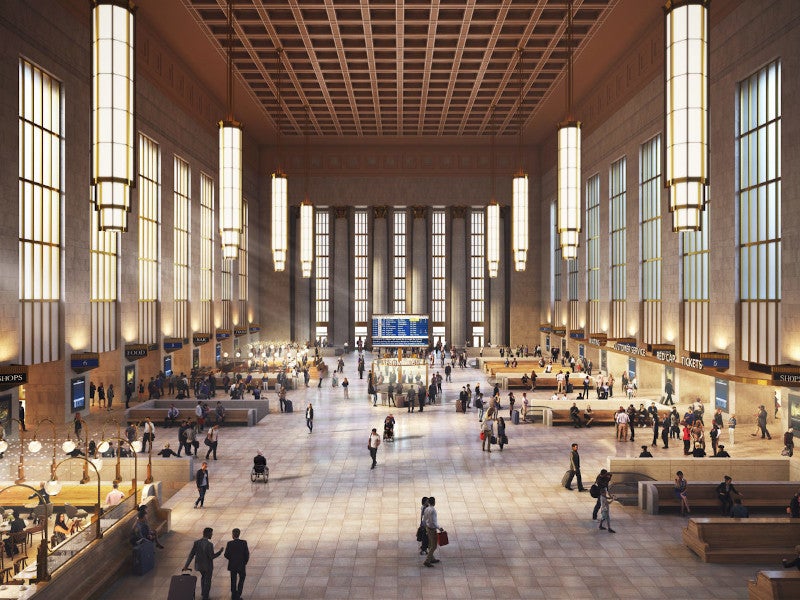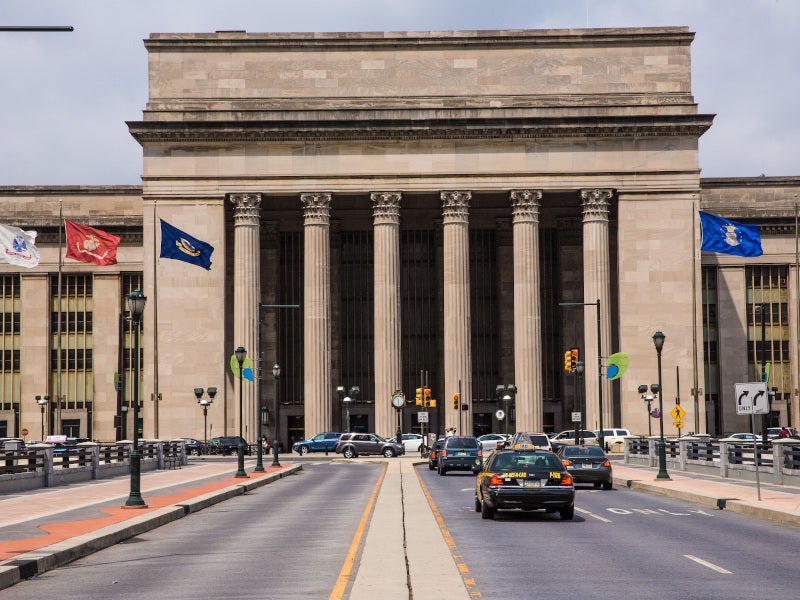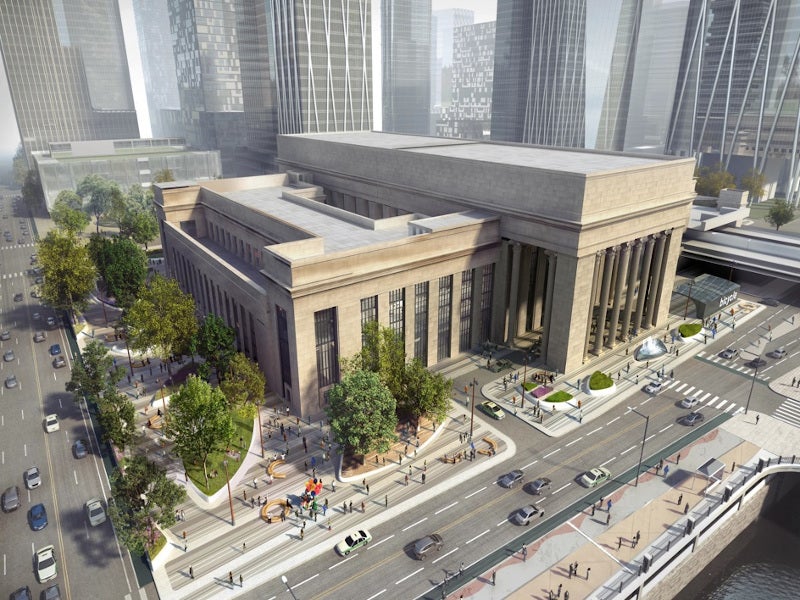30th Street Station, a 100-year-old railway station in Philadelphia, US, and Amtrak’s third-busiest station, is planned to be redeveloped to improve customer experience. It serves over four million Amtrak customers and more than eight million Southeastern Pennsylvania Transportation Authority (SEPTA) and NJ TRANSIT railway commuters annually.
Amtrak unveiled the master plan for the 30th Street Station District in June 2016, providing a vision for long-term development over the next 35 years and beyond.
The plan outlines an integrated vision for the growth and development of the area around the station, which is officially known as William H Gray III 30th Street Station.
Amtrak preferred Plenary Infrastructure Philadelphia (PIP) to perform the redevelopment of the station, in June 2020. PIP includes Plenary Americas, Johnson Controls, Gilbane Building Company, and Vantage Airport Group and the team is responsible for designing, building, funding, maintenance and operation of the 30th Street Station.
The project is part of the wider development proposed to be undertaken under $10bn 30th Street Station District Plan and is expected to involve an investment of up to $400m.
The first phase of construction work is scheduled to begin in 2021 and finish in 2025.
Location of 30th Street Station
The 30th Street Station is located at Market Street in Philadelphia, Pennsylvania, US.
The intermodal transit station is served by Market-Frankford line, Trolley lines, and walking connection to SEPTA’s Regional rail system.
30th Street Station redevelopment details
In May 2018, Amtrak issued a request for qualifications (RFQ) for a master developer partner for the station redevelopment. The preferred contractor will upgrade the station by creating new customer facilities, accommodations and reigniting its retail and commercial potential. The project seeks to improve transit and pedestrian movement and extend the station’s concourses to prepare for future ridership growth.
Four teams were shortlisted for the master developer contract in November 2018.
The master development partnership via ground leasing will reinstate the historic fabric of the station and also expand the office space.
By November 2018, Amtrak invested more than $100m to renovate the building façade, public toilets, replace elevators and escalators, and restore the bronze doors at the entrance.
The station modernisation efforts also include the installation of a new, digital passenger information display system (PIDS) to replace the existing Solari board.
Works involved the replacement of the display boards and their software, as well as the public address system and the platform screens.
The improvements also include modernisation of the ClubAcela Lounge and reconfiguring eight of the wooden waiting benches with power sockets for mobile and portable devices.
30th Street Station redevelopment background
The historic station was built between 1929 and 1933 to replace the Broad Street Station, which was facing congestion issues.
It is among the few US stations with trains arriving and leaving from all four directions.
The station underwent refurbishment between 1988 and 1991 with an investment of $75m to restore the main concourse.
Its striking feature of the exterior design includes neoclassical elements such as 71ft-high Corinthian columns that form a pair of porticoes on the east and west façades.
The main concourse has a coffered ceiling, ornamented columns, cathedral-like windows, and Art Deco chandeliers. The station is an anchor for development in the region and is pivotal for the development of an urban neighbourhood under the 30th Street Station District Plan.
In 2011, the University City District and the Pennsylvania Department of Transportation developed public space between the station and Market Street.






